blackkite
Don't laugh, don't cry, don't even curse, but.....
- Joined
- 31 May 2007
- Messages
- 8,819
- Reaction score
- 7,692
Hi! SCAT18 report.
Same topic is here.
Same topic is here.
Attachments
Last edited:
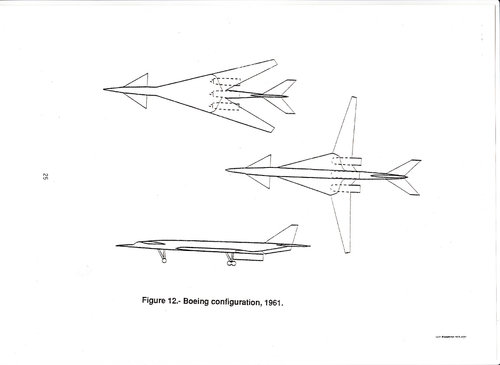
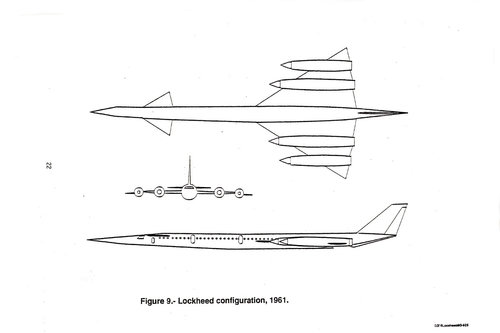
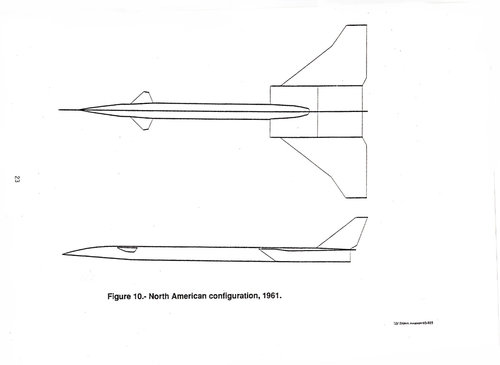
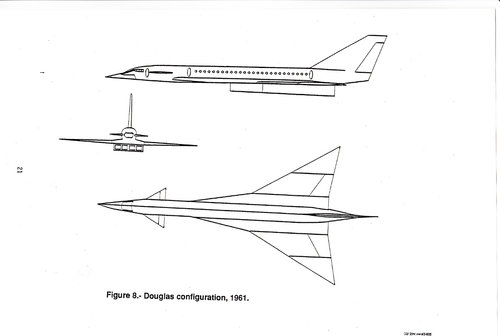
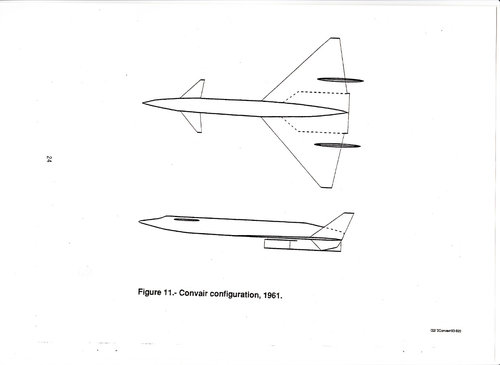
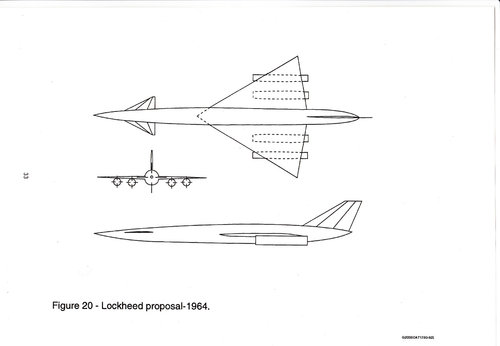
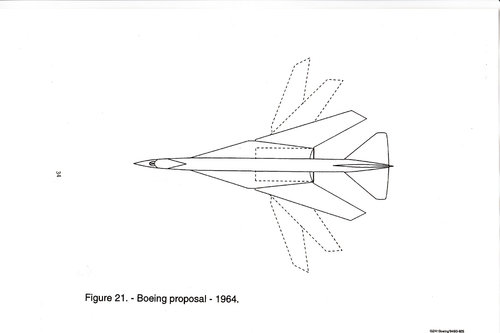
Is this a Convair SST? I can't see any windows for passengers.


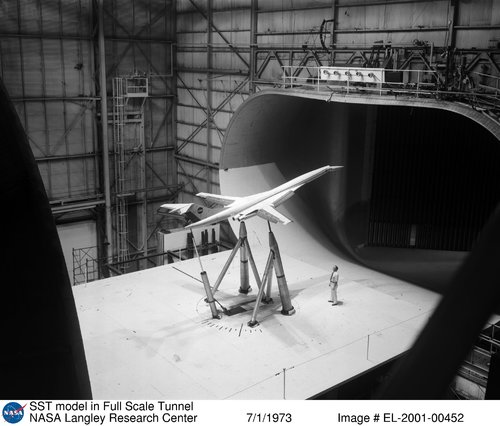
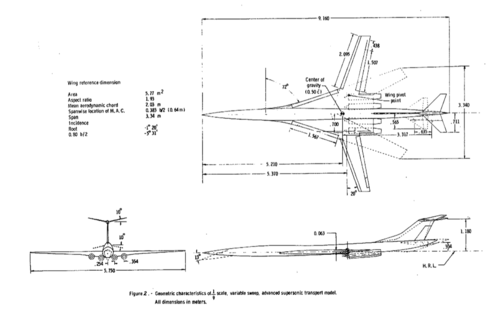
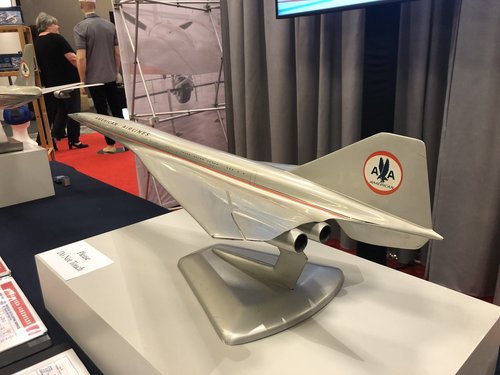
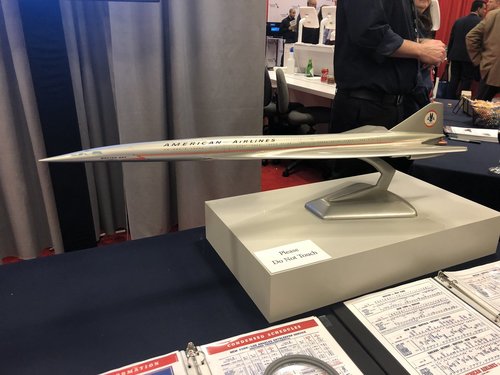
Ah yes ! didn't noticed that. Would be nice to know what is writen of the coper plates on the stands... if they have something different from each other.Left side model's cockpit upper fuselage is rounded and canard seems to be small. And fuselage each side windows are 71 where other two windows are 84/85.
Left side model is short. It's a long range version same as L2000-7A?
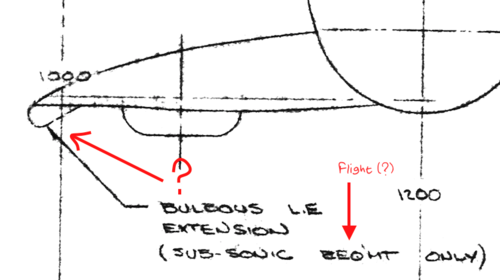
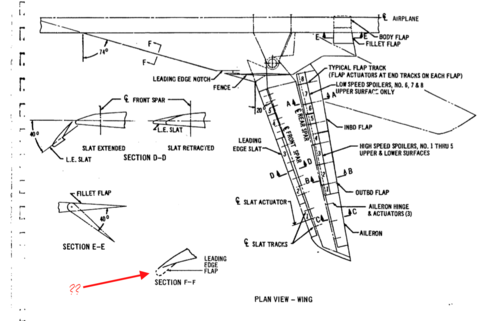
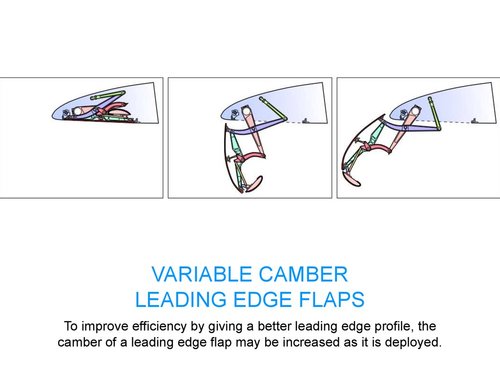
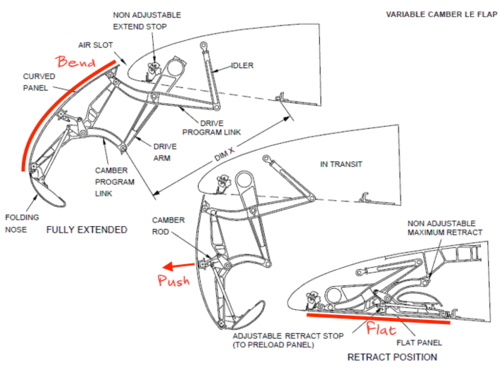
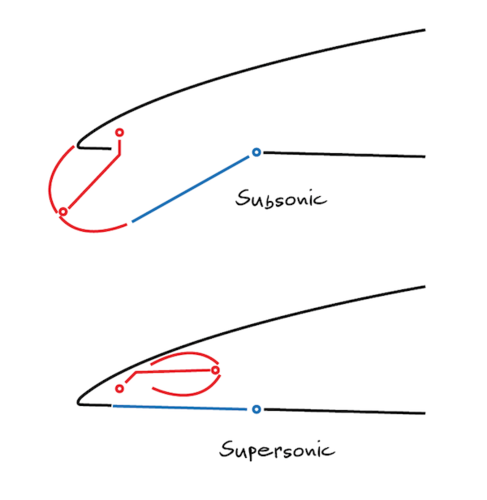

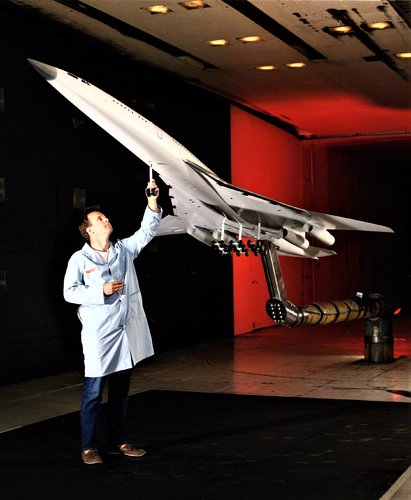
Fast airplanes also have to fly well at low speeds to take off and land. Here, a technician is installing the nose landing gear on a proposed High-Speed Civil Transport model to prepare it for high-angle-of-attack tests in the 14- by 22-Foot Tunnel. The test section walls were in their closed position for these tests.
SHAZAM!
Sadly, that's as good as it gets for this source.
Hi Blackkite San,This drawing shows prototype.
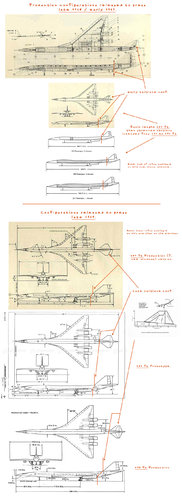
Ummm..........very difficult.
Horizontal tail stabilizer shape!!
Boeing planned domestic version and intercontinental version same as Lockheed L2000-7A and 7B?(Same as Douglas 2229?)

Hi! Boeing 733-290 larger image and 3D model.
Amazon.com: Vintage photo of the boeing 733 aircrafft: Entertainment Collectibles
Amazon.com: Vintage photo of the boeing 733 aircrafft: Entertainment Collectibleswww.amazon.com
Boeing 733 SST American Air Lines - 3D Model by Dreamscape Studios
This model is built very near to scale within a few inches of actual general dimensions and is fully textured. This model has animateable flaps, ailerons, landing gear, landing gear doors, elevators, and rudder. It is available in multiple airline liveries.www.renderhub.com
I have never seen 733-390 large drawing.
